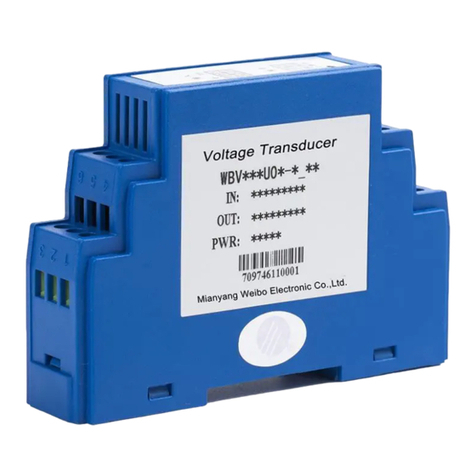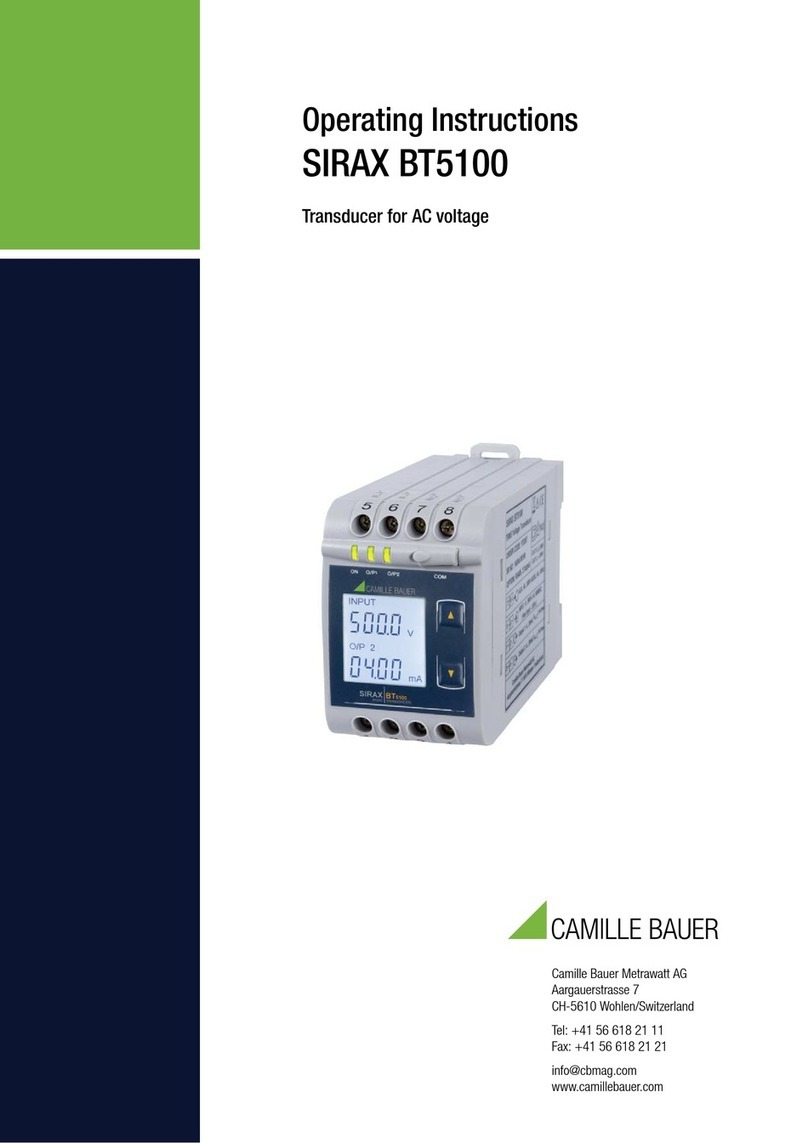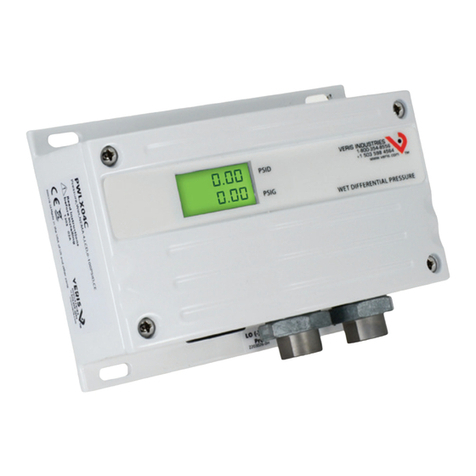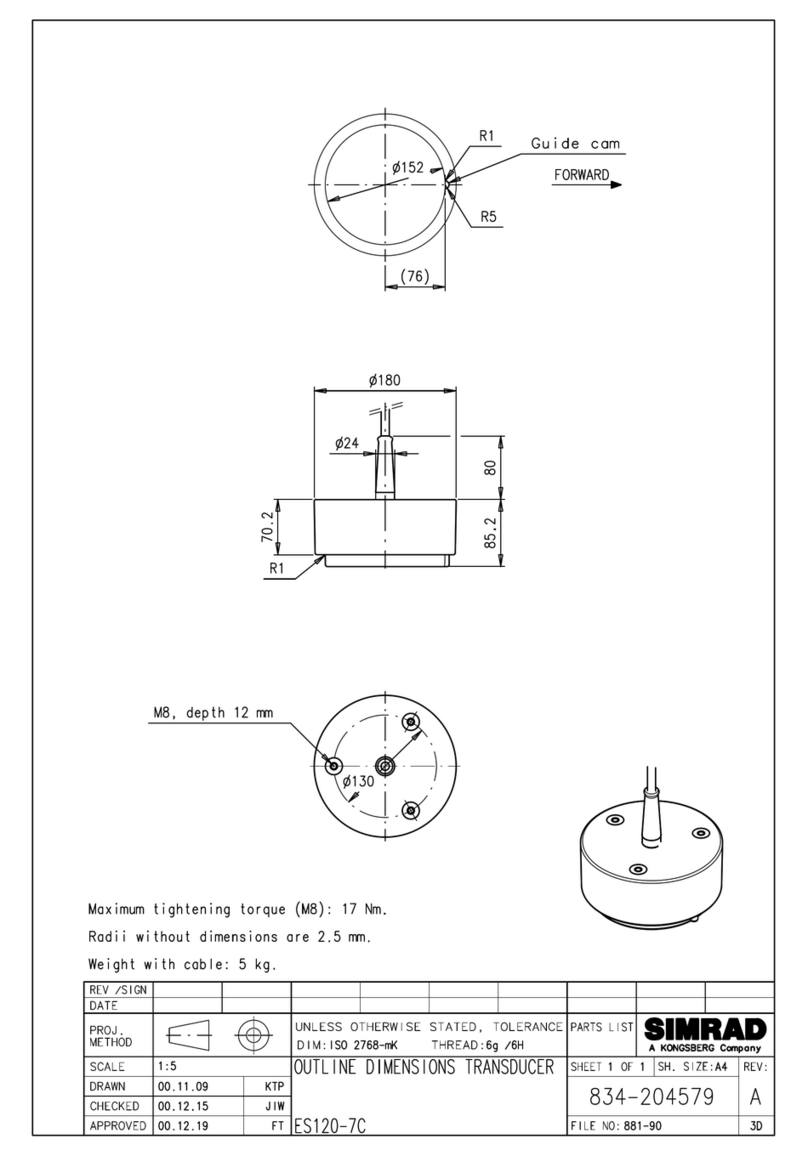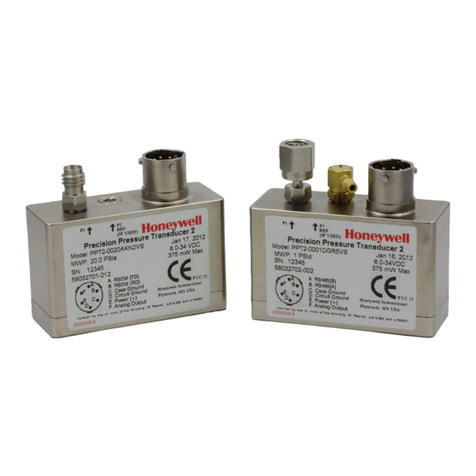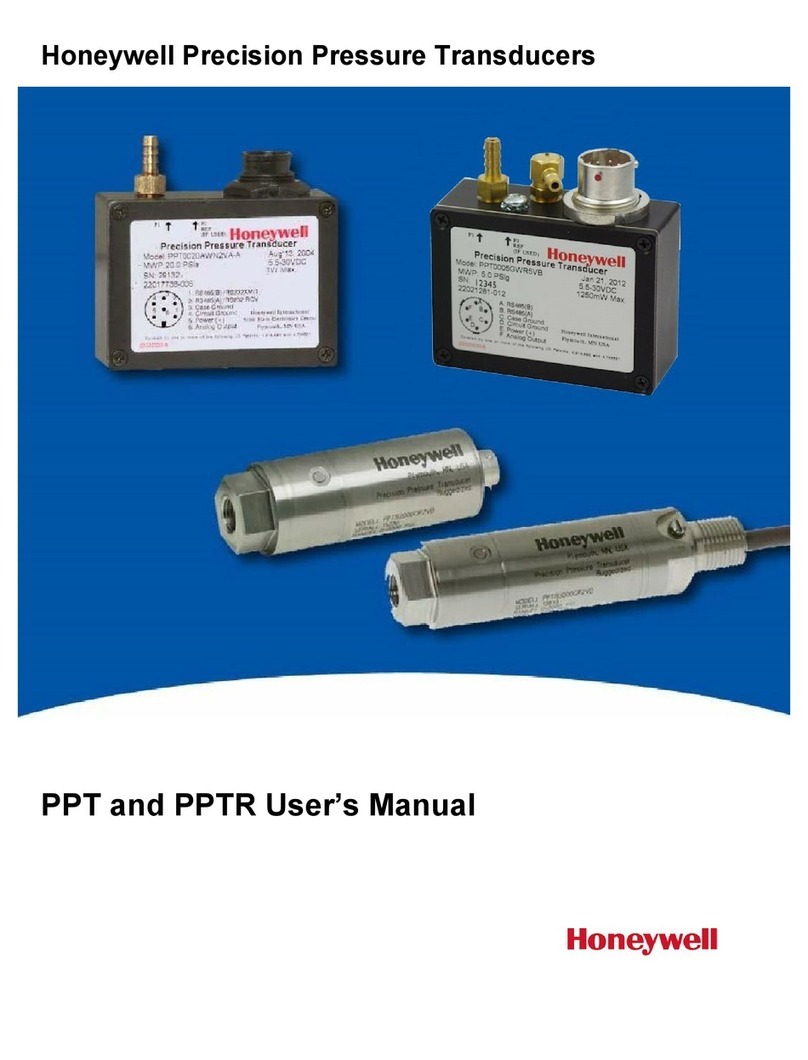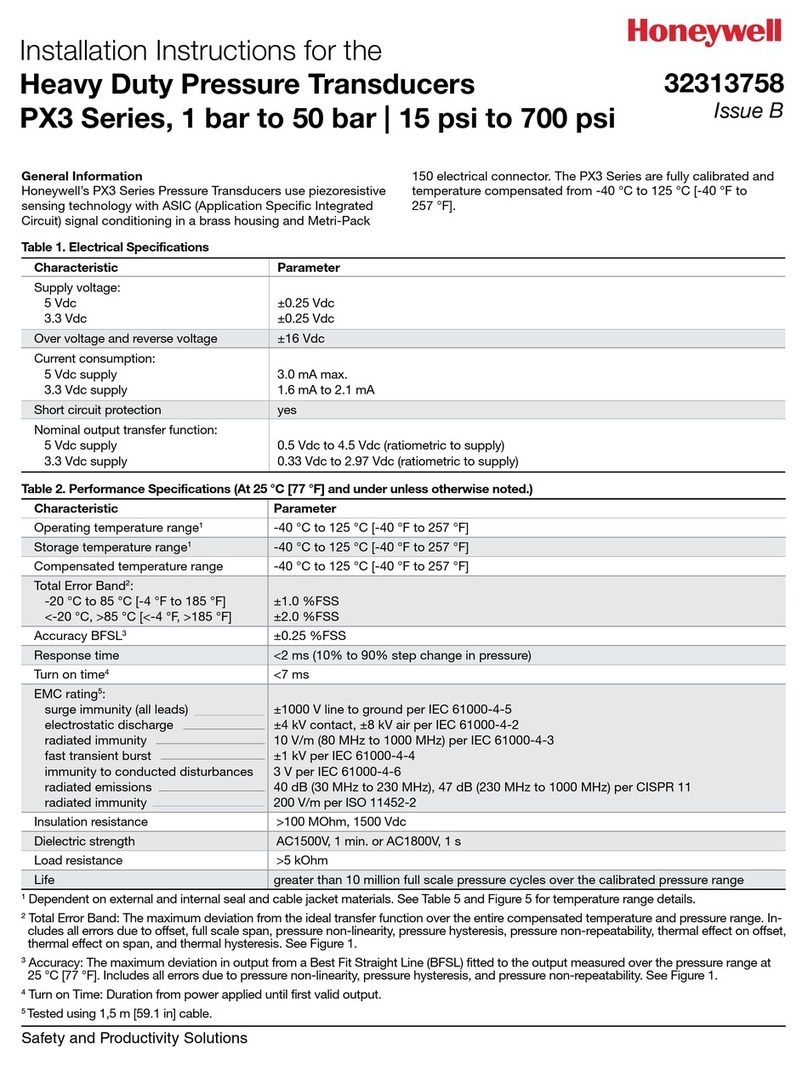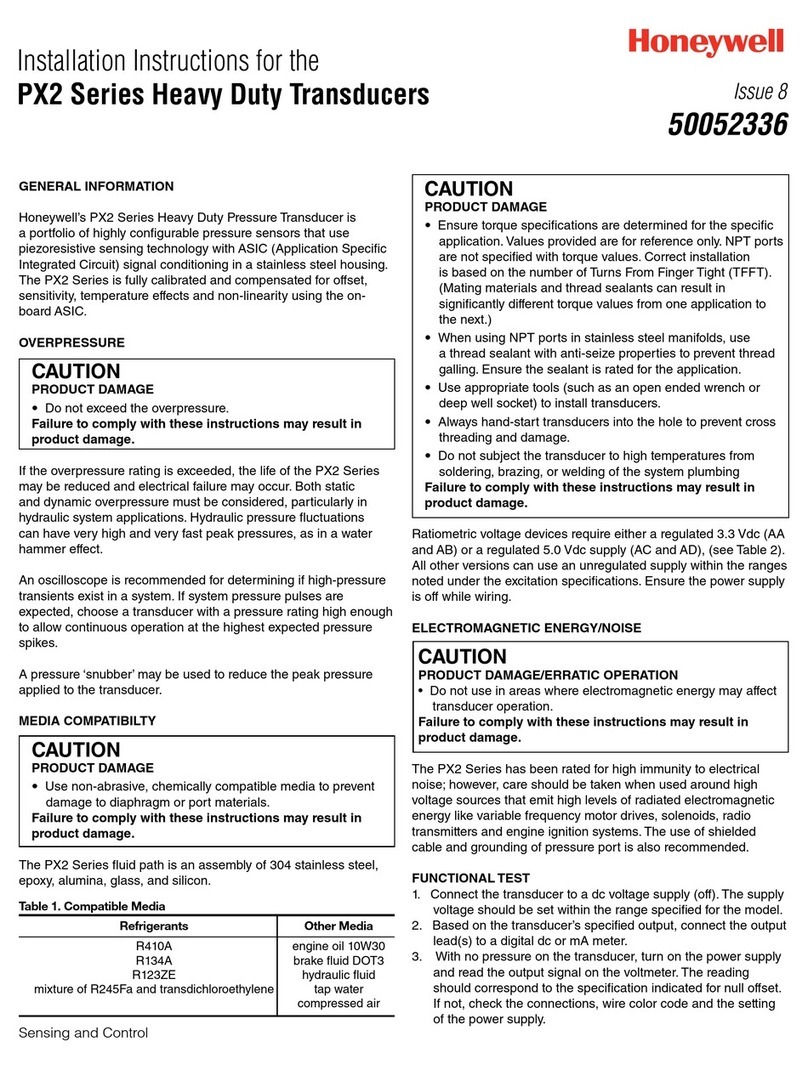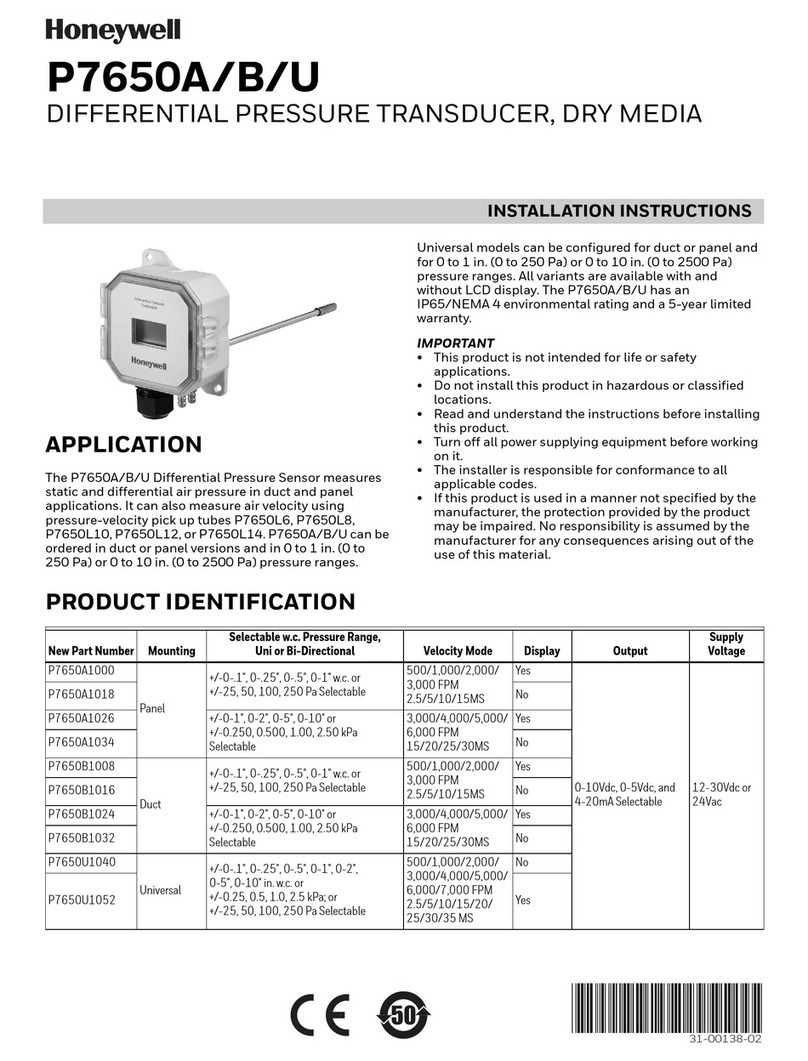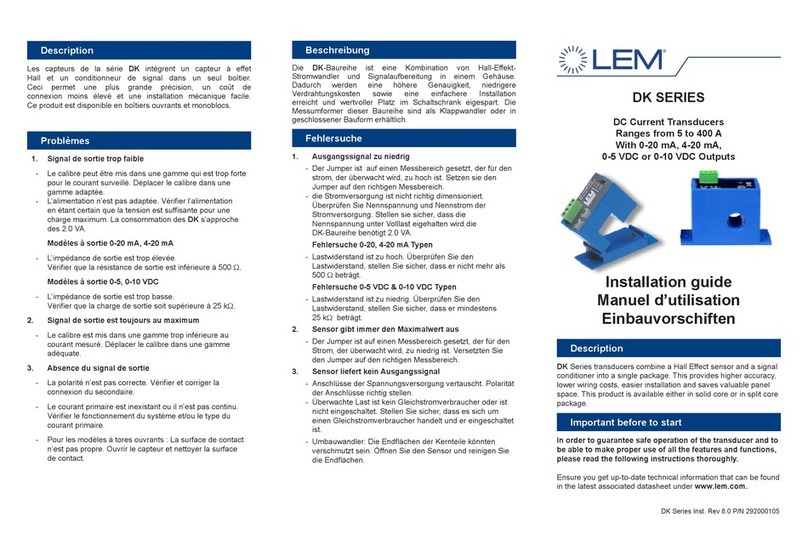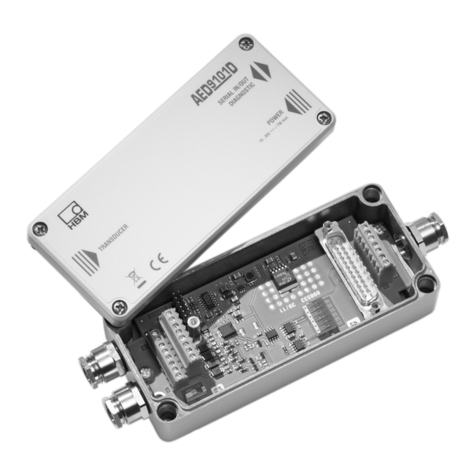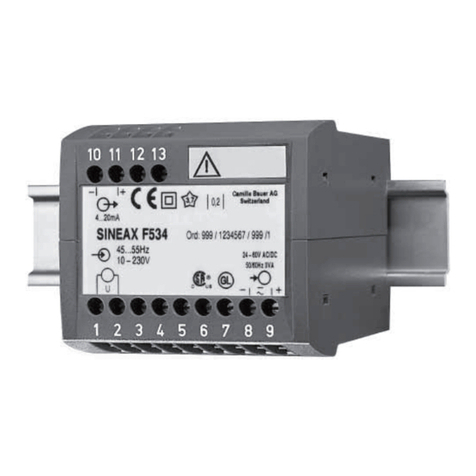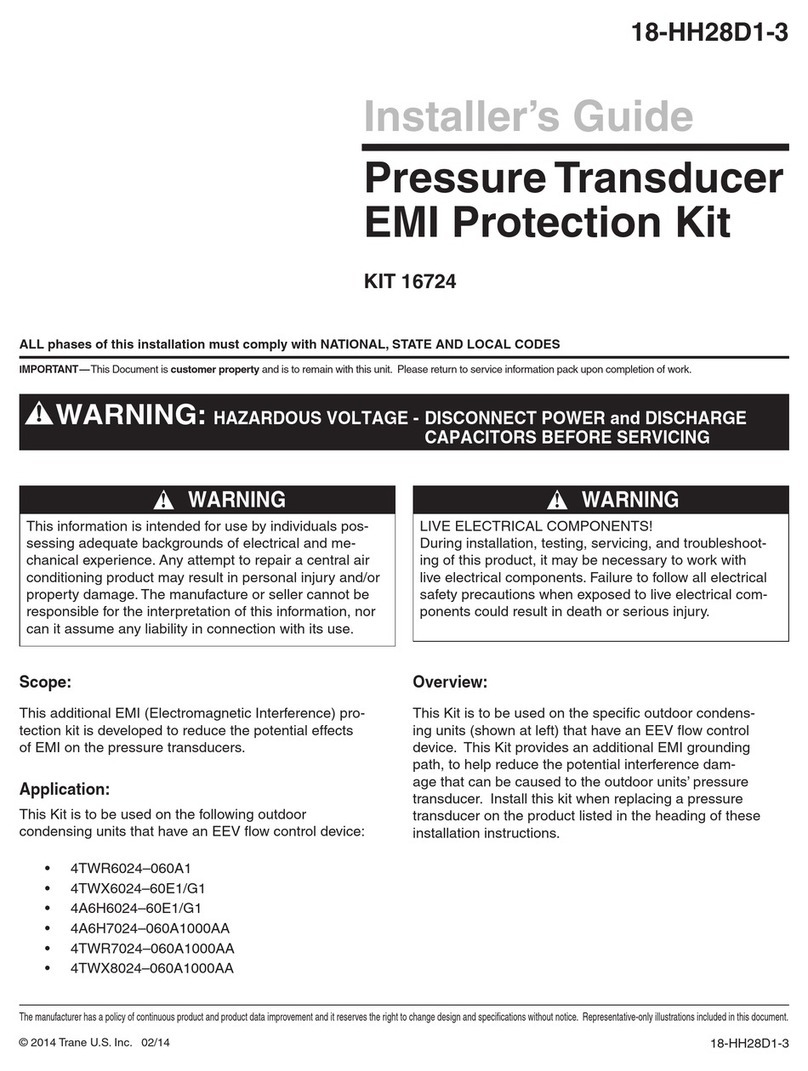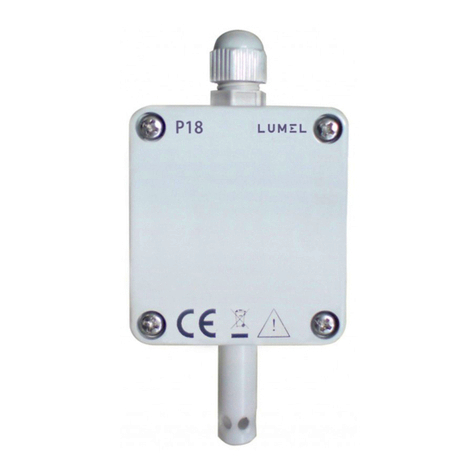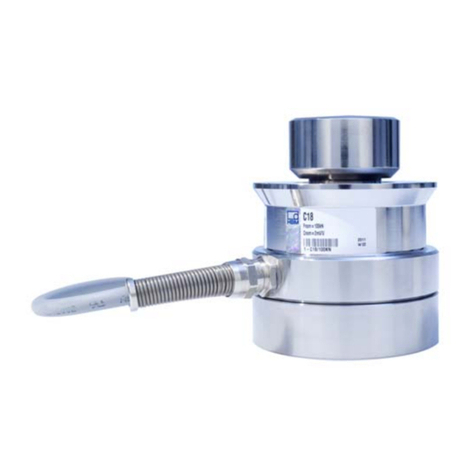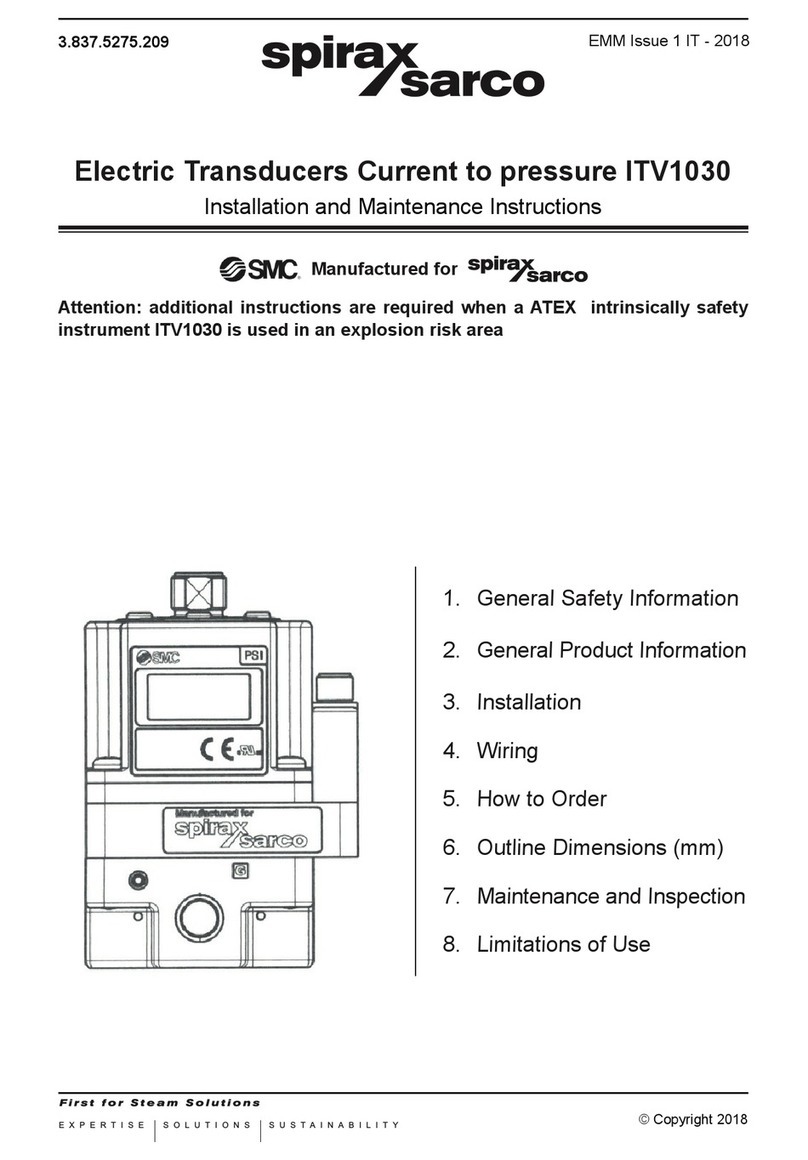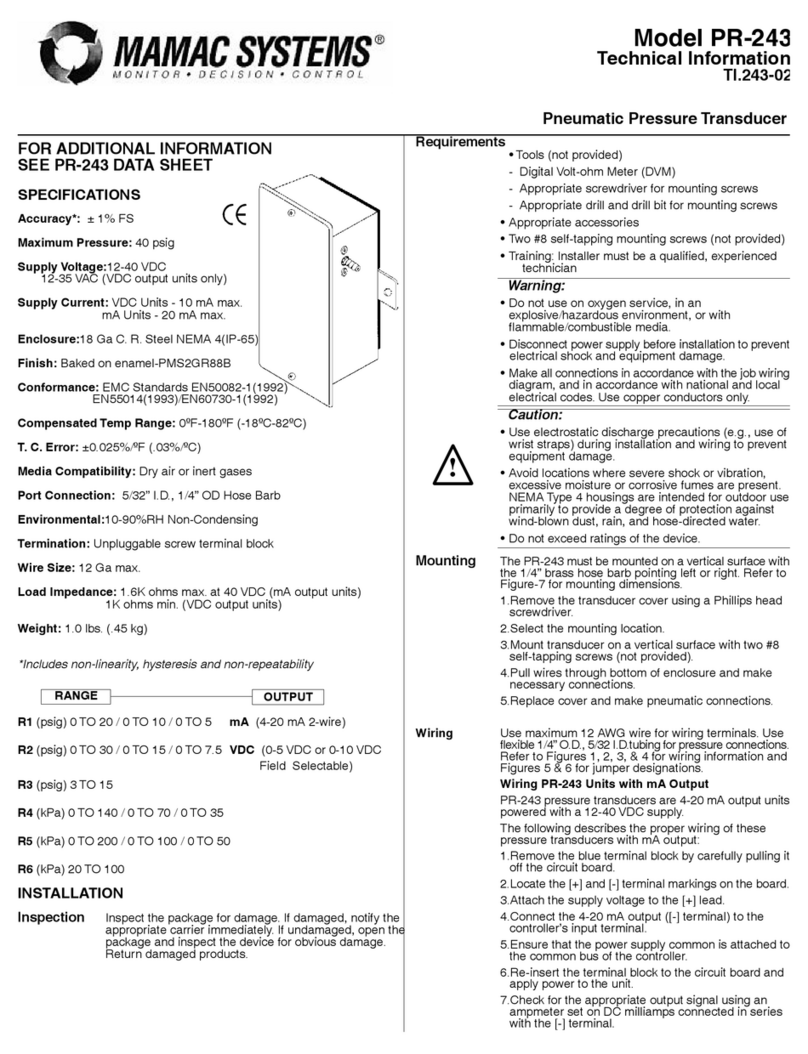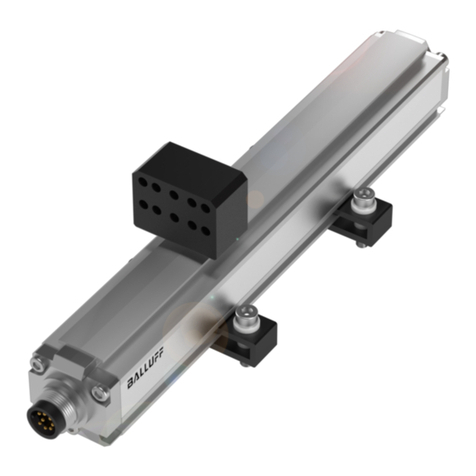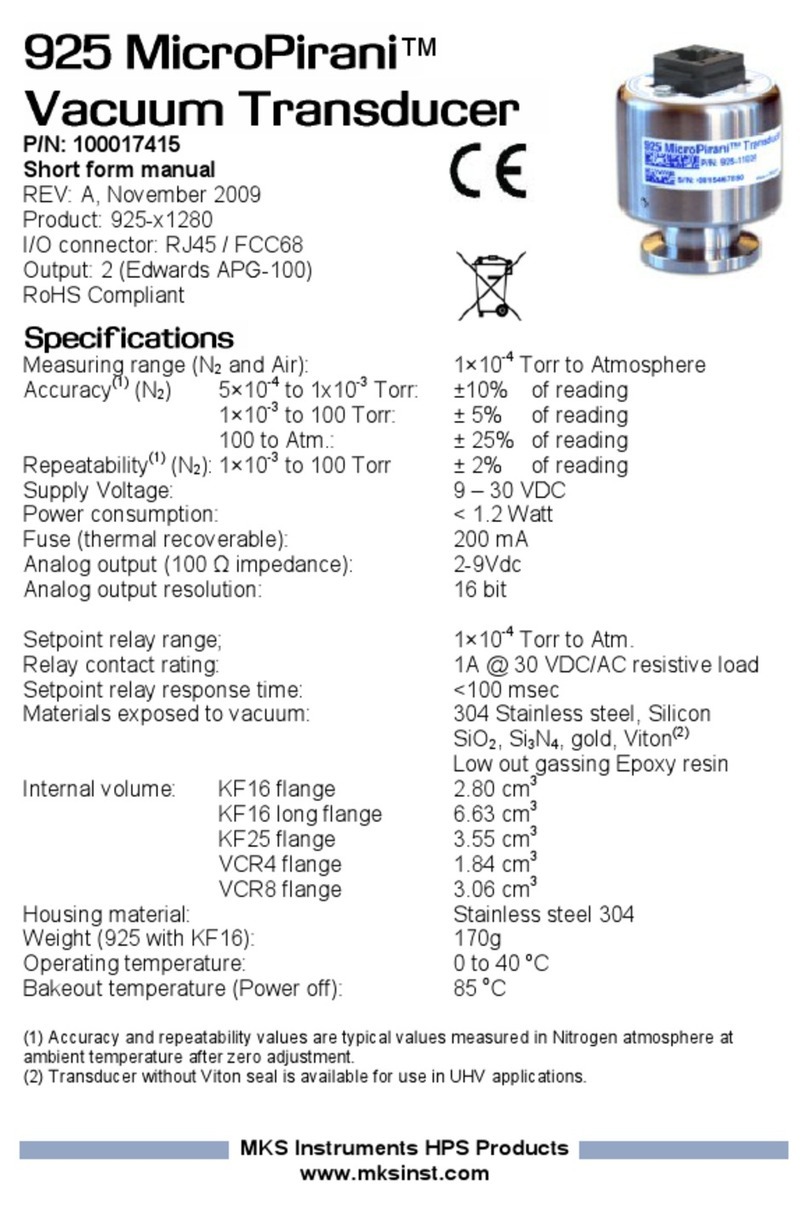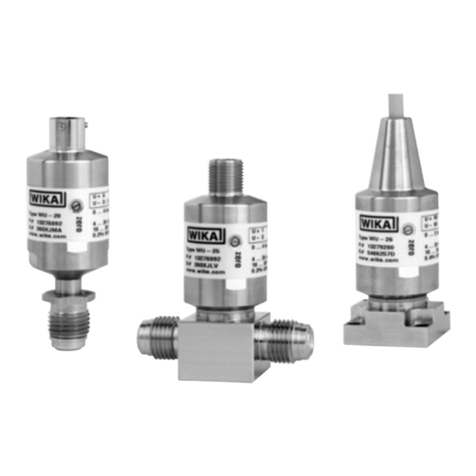
3
IPT User’s Manual Contents
1 Introduction.....................................................................................................................................................4
1.1 Overview..................................................................................................................................................4
2 Specifications.................................................................................................................................................4
2.1 Block Diagram .........................................................................................................................................4
2.2 Specifications/Performance .....................................................................................................................5
2.3 Outline/Dimensions (inches)....................................................................................................................6
2.4 Electrical Connections .............................................................................................................................7
2.4.1 Connector.........................................................................................................................................7
3 Operation........................................................................................................................................................8
3.1 Commands and Format...........................................................................................................................8
3.1.1 Initialization.......................................................................................................................................8
3.1.2 Normal Operation (Polling)..............................................................................................................10
3.1.3 Other Modes...................................................................................................................................11
3.2 Correction Algorithms ............................................................................................................................12
3.2.1 Pressure .........................................................................................................................................12
3.2.1.1 Algorithm #1.................................................................................................................................12
3.2.1.1.1 Horner’s Method, Algorithm #1..................................................................................................12
3.2.1.2 Algorithm #2.................................................................................................................................13
3.2.1.2.1 Horner’s Method, Algorithm #2..................................................................................................13
3.2.2 Pressure Sensor Temperature........................................................................................................14
3.2.2.1 Algorithm......................................................................................................................................14
3.2.2.1.1 Horner’s Method........................................................................................................................14
3.3 EEPROM Storage..................................................................................................................................15
3.3.1 EEPROM Format............................................................................................................................15
3.3.2 Contents .........................................................................................................................................15
4 Installation Recommendations......................................................................................................................19
4.1 Installation Examples.........................................................................................................................19
4.1.1 Flexible Tubing and Double-wire Hose Clamps..........................................................................19
4.1.2 Static Radial O-ring Seals ..........................................................................................................20
4.1.3 Static Radial and Face O-ring Seals...........................................................................................20
5 Marking ........................................................................................................................................................20
6 Fletcher Checksum.......................................................................................................................................21
6.1 Calculation.............................................................................................................................................21
